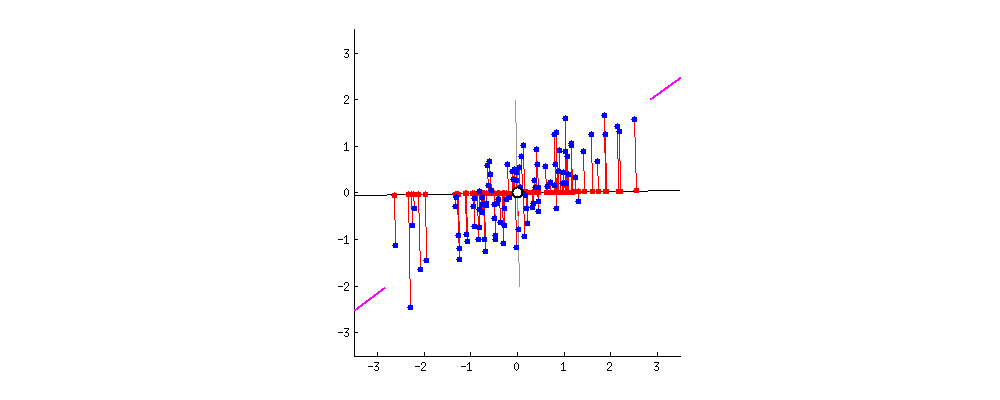Functional principal component analysis (FPCA) is something I have stumbled upon and never got to understand. What is it all about?
See "A survey of functional principal component
analysis" by Shang, 2011, and I'm citing:
PCA runs into serious difficulties in analyzing
functional data because of the “curse of dimensionality” (Bellman 1961). The “curse
of dimensionality” originates from data sparsity in high-dimensional space. Even
if the geometric properties of PCA remain valid, and even if numerical techniques
deliver stable results, the sample covariance matrix is sometimes a poor estimate
of the population covariance matrix. To overcome this difficulty, FPCA provides
a much more informative way of examining the sample covariance structure than
PCA […]
I just don't get it. What is the drawback this paper is describing? Isn't PCA supposed to be the ultimate method to handle situations like the “curse of dimensionality”?

Best Answer
Exactly, as you state in the question and as @tdc puts in his answer, in case of extremely high dimensions even if the geometric properties of PCA remain valid, the covariance matrix is no longer a good estimate of the real population covariance.
There's a very interesting paper "Functional Principal Component Analysis of fMRI Data" (pdf) where they use functional PCA to visualize the variance:
In the paper they explain how exactly they've done it, and also provide theoretical reasoning: